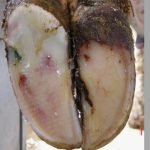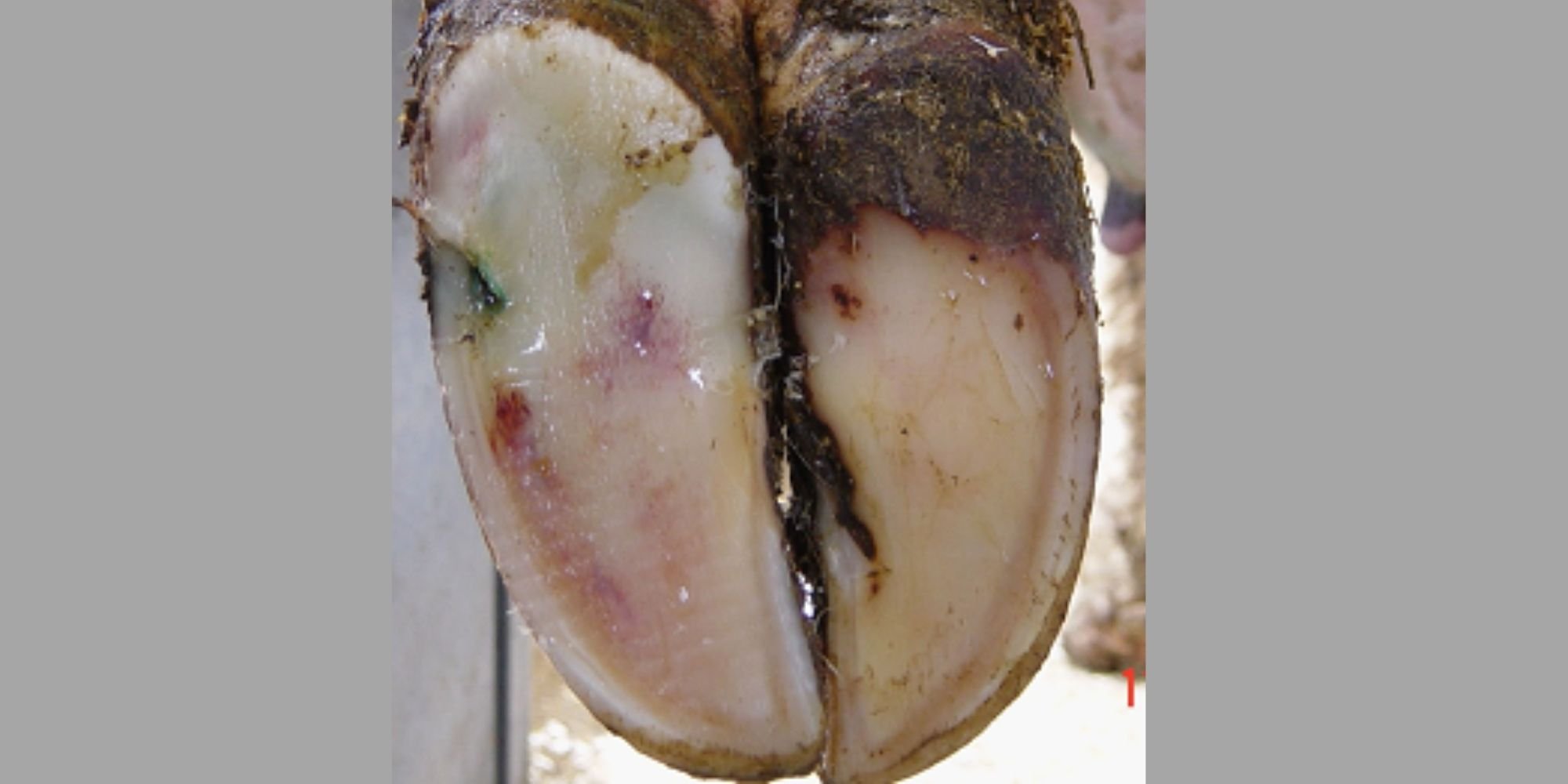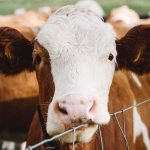

Cow’s thin soles and over trimming: they go hand in hand
The sole on a cow’s claw protects it from outside harm, similar to the sole of a shoe on a human foot. Having thin soles is similar to wearing thin or worn shoe soles. The feet are more vulnerable to ground surfaces when they lack that extra layer of protection. Since cows are on their feet for extended periods, excessive sole wear, linked with over trimming of claws, can lead to significant complications in everyday activities, as well as dips in dairy production.
Thin soles make claws more prone to lameness, abscess or other injuries. To optimize milk production it is important to maintain healthy cow claws.
Signs of Thin Soles
When soles wear thin, there are a couple of things dairy farmers may start to notice:
- Discoloration or Bruising: Soles experiencing over-wear are visibly different than healthy soles. The discoloration will be noticeable and purplish in color like a bruise on a human body. If this happens, trimmers may need to cut back on their schedule, perhaps trimming only twice or three times a year.
- Thumb Test: A thumb test is an effective way to check sole thickness. Trimmers can push their thumb on the sole. If the sole indents from minimal thumb pressure, the soles are too thin.
Over Trimming Affects Sole Health
While there are many different causes of thin soles, the issue goes hand in hand with over trimming. When a trimmer follows the correct procedure, a cow has a better chance of maintaining a healthy sole thickness. The heel depth should measure about one and a half inches. The Dorsal wall, from the toe to coronary band, about three and a quarter inches.
If claws are repeatedly trimmed too far, a cow may develop an infection or can become lame. To avoid these issues, farmers can employ other techniques to protect the soles when they wear dangerously thin.
Rubber Blocks for Extra Comfort and Support
As soles and horns grow at a rate of one-quarter of an inch per month, blocking is a helpful treatment option to use when claws are over-trimmed or over-worn. Hoof care professionals can adhere a block on a healthy claw to elevate and restrict the affected claw so that it heals. Blocking helps make cows more comfortable and allows them to recover quickly with minimal impact on milk production.
Rubber blocks provide the necessary traction and cushion hooves need for a dairy cow to improve claw horn quality and stay comfortable. These blocks are ideal for minor lameness cases caused by thin soles, where an affected claw does not need the elevation provided by a standard block. Cows experience normal locomotion as the horn re-grows.
No matter what the cow’s sole thickness is, the hoof care professionals can use the Bovi-Bond adhesive to attach the blocks onto the claws and increase a cow’s comfort level. The Bovi-Bond adhesive is a two-part polyurethane adhesive and will bond wood, rubber and PU blocks. The reaction speed of the two Bovi-Bond components goes gradualy. This way the product does not get too hot during the application, which makes it more agreable for the cow. It also has a fast, 30-second set time to keep blocks in place quickly.
With the right tools, dairy farmers can help ensure the comfort of their animals and maintain the productivity of the herd. Since the last thing a dairy farmer needs is a dip in production, farmers should keep their cows’ health in mind—from head to claw.

